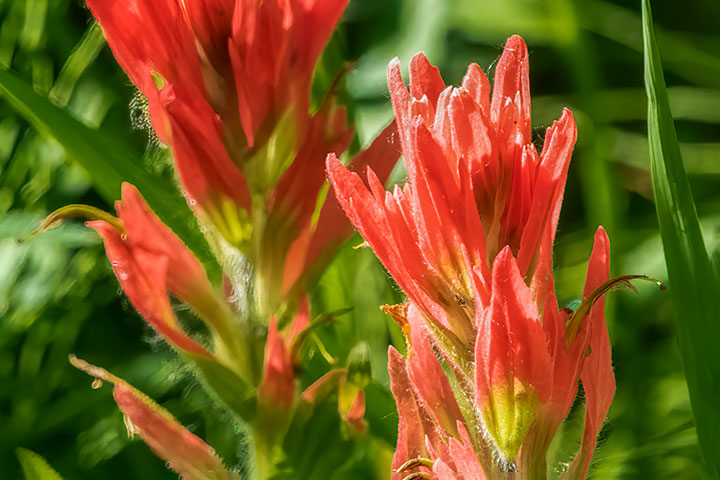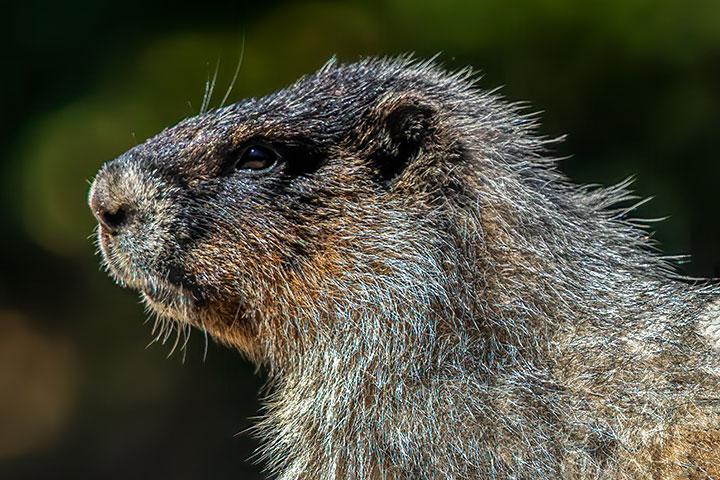We drove to Gibson Lake.
Gibson Lake is one of the many satellite alpine lakes that hang over Kootenay Lake. On the way there, I was asked two questions: Might we see Indian Paintbrush? Might we see a Hoary Marmot? To each, I answered: It is unlikely. I had previously only seen each of these species at somewhat higher altitudes.
I was wrong. As we walked around Gibson Lake, the first thing we saw was a Hoary Marmot, and soon after that, some Indian Paintbrush. So much for my insights into the distribution of nature around me.
Indian Paintbrush was growing alongside the trail around Gibson Lake.

The Hoary Marmot was a real surpise. It sat beside the trail around the lake.


Isn’t it nice to be surprised! I love this photo of the marmot. It looks so dignified, so fully conscious of life.
Yes, Christine,”… so dignified, so fully conscious of life…” and desire for the salty legs of male trekkers.
A friend and I hiked in that area a few years ago. As we relaxed on a large slab of rock, a Hoary Marmot approached and began assiduously licking the legs of my somewhat nervous but transfixed male companion. We heard others had gotten similar treatment.
For next time: We’re calling it “Scarlet paintbrush” now. Monotropa is “ghost pipe” and Veratrum viride is “false hellebore”. Love your blog.
Sybille, ah, the protean names given to fish, birds and plants. Thank you for these insights. I must admit that my standard for plant names has been eflora.bc.ca. When eflora changes the name, then I would change the name. For two of the things you list, the old name still is the standard there, while the other one is ambiguous. I would appreciate a reference so I could track and adhere to such things. Is there such a thing as Canadian Registry of Popular Plant Names? Who decides these things?
But the paintbrush comes in SO many colours and shades! I found a white one up in the Antoine Basin on a trip with Rod Dunnett several years ago.